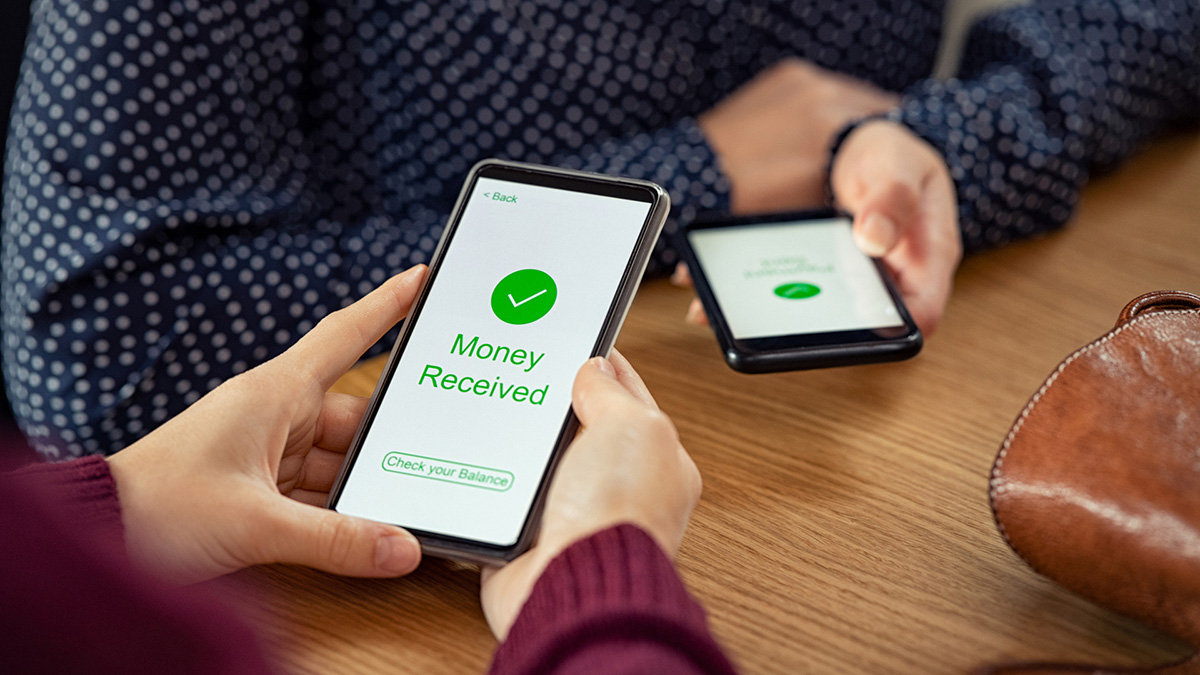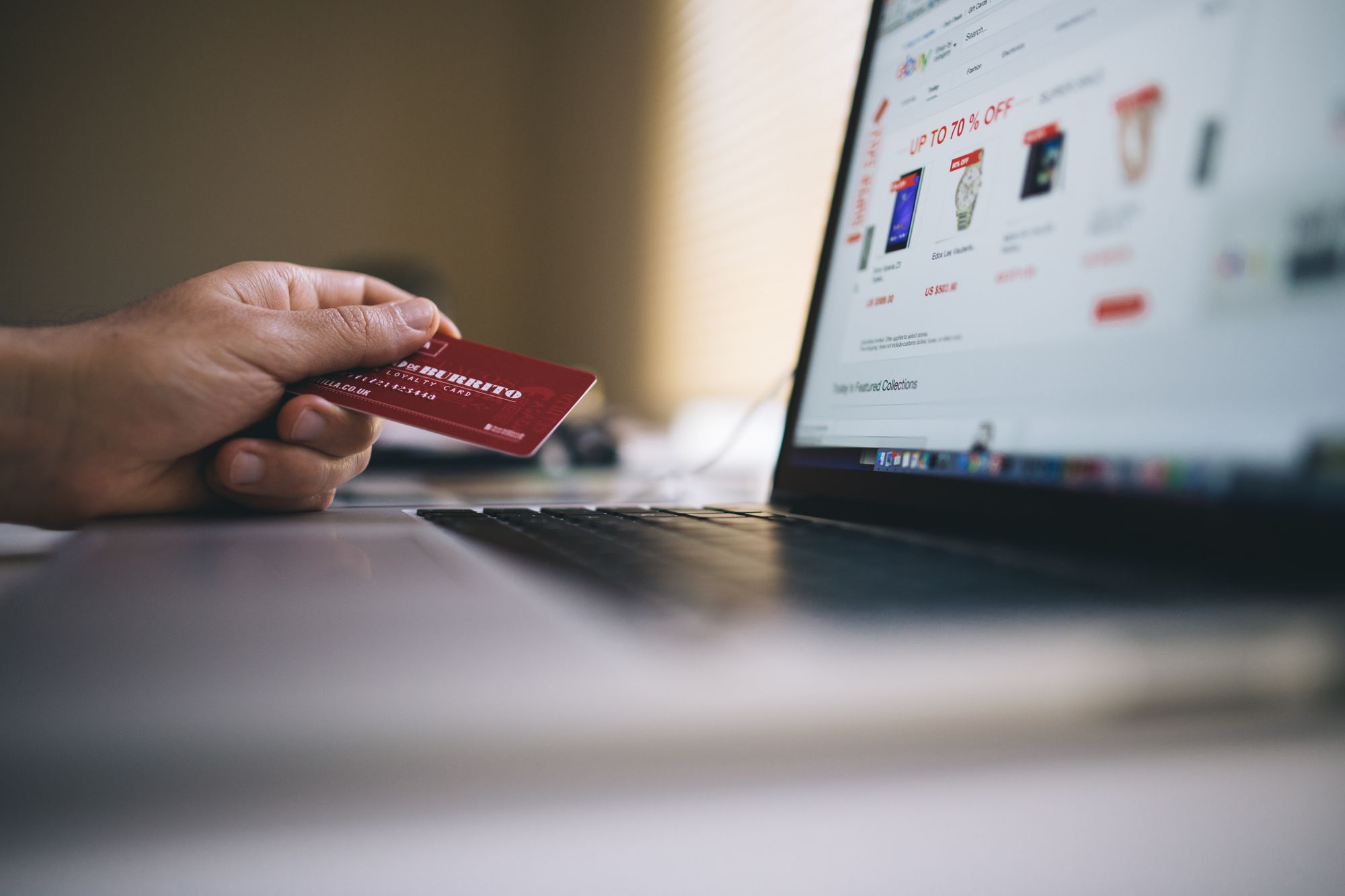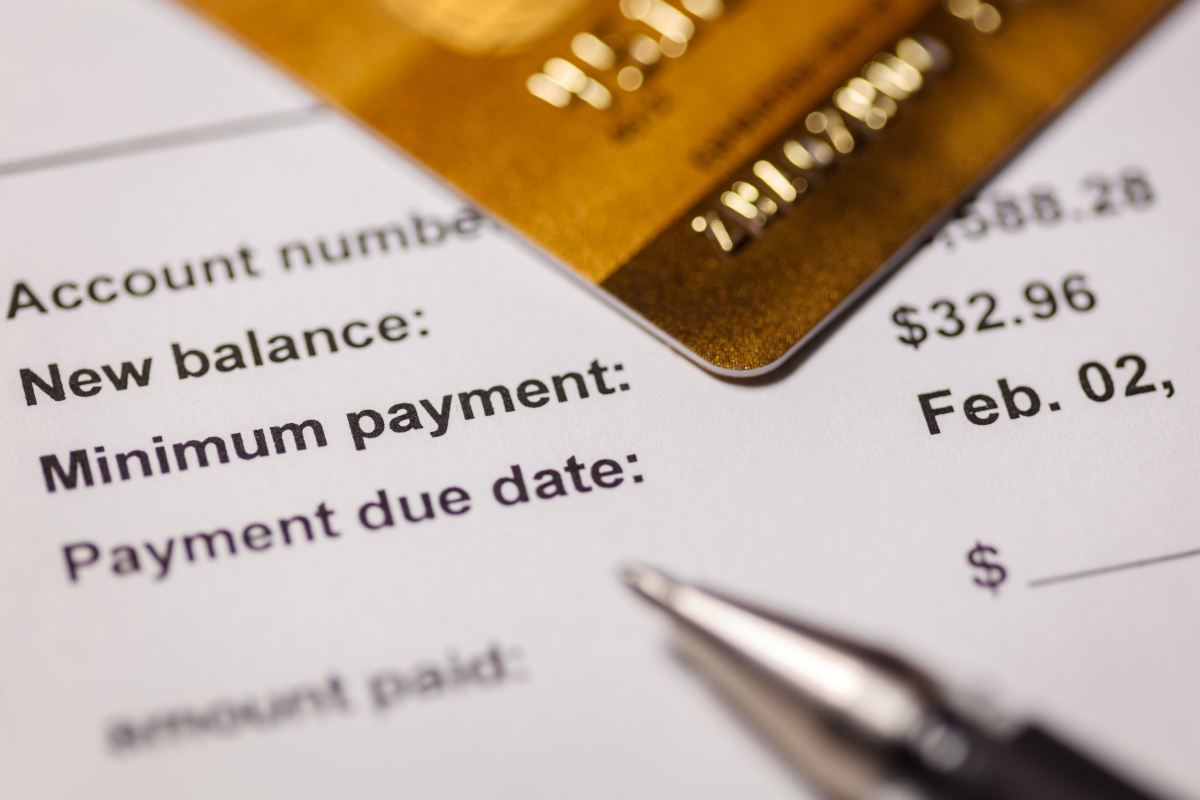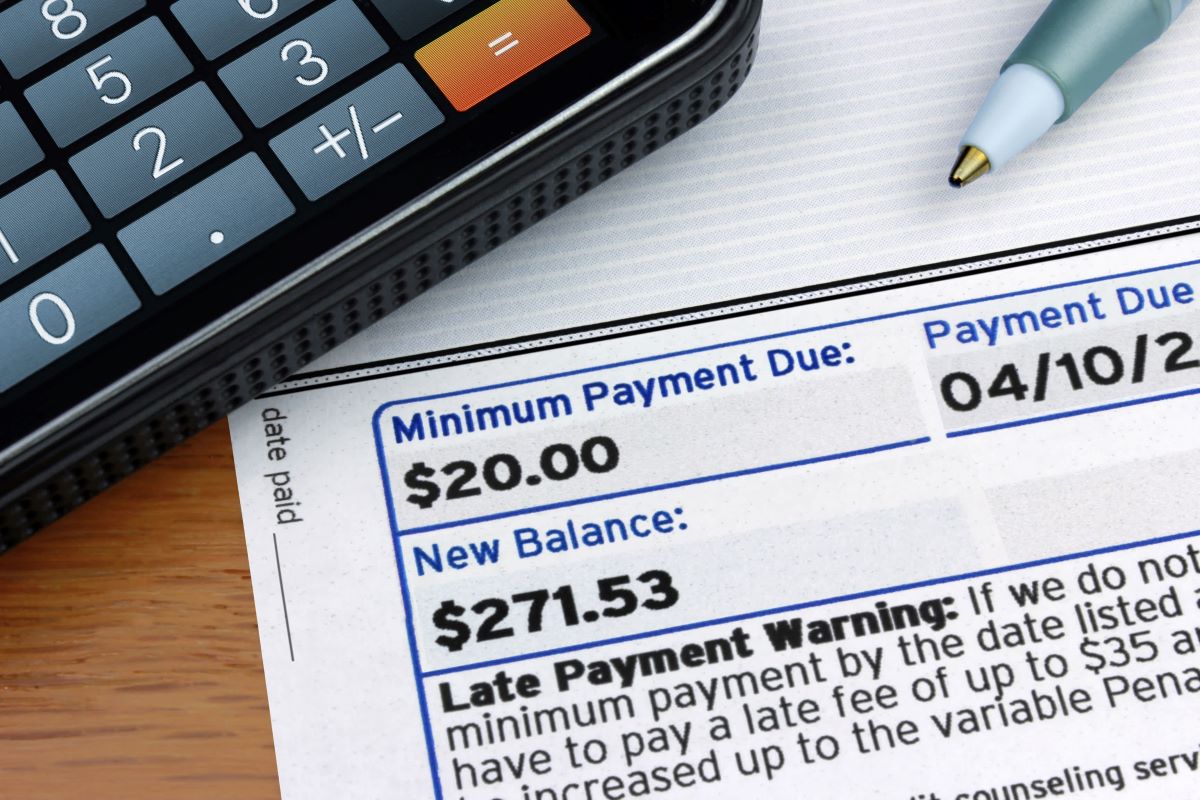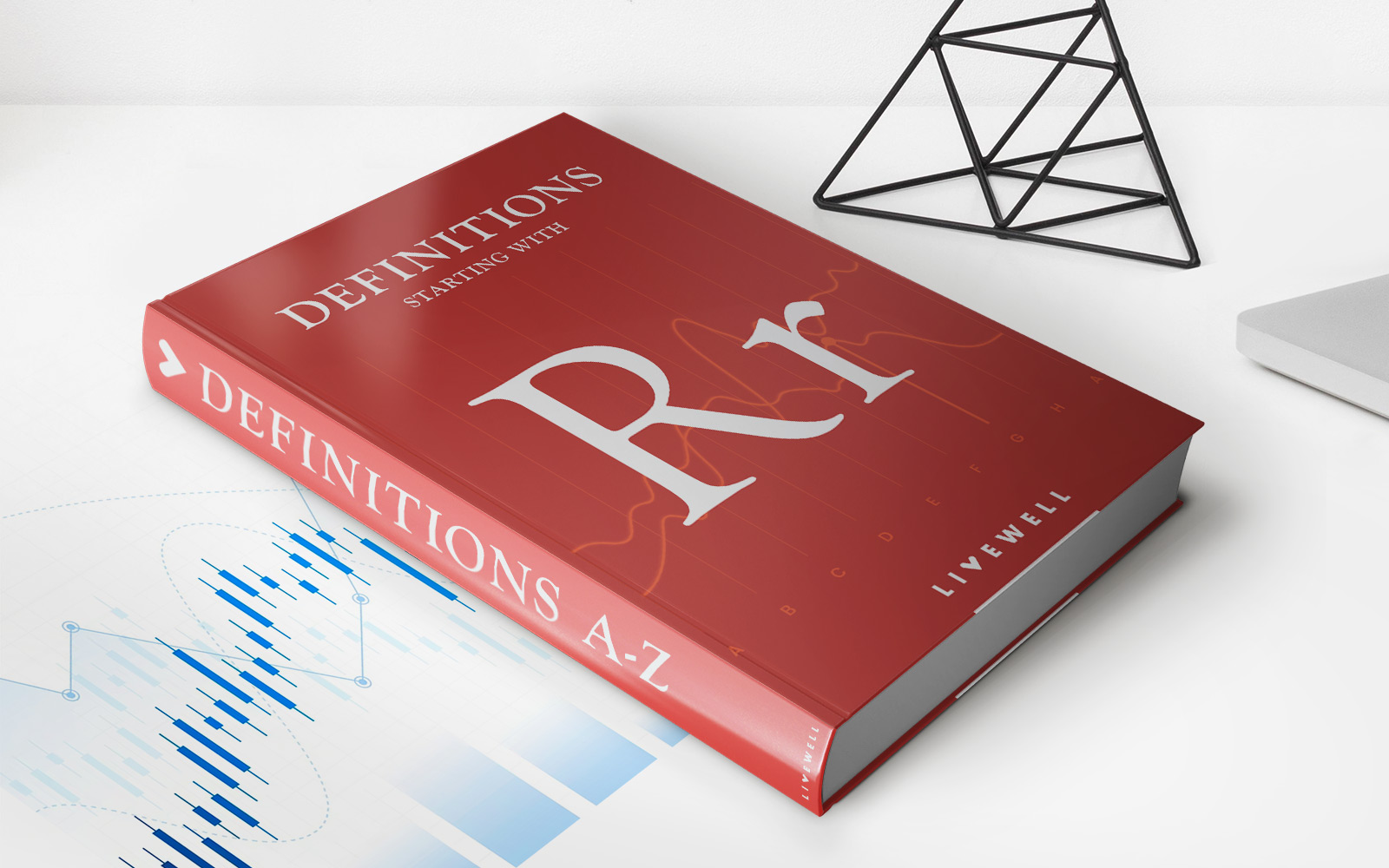

Finance
What To Do After Paying Off Credit Card
Published: November 4, 2023
Discover what steps to take after paying off your credit card to improve your overall financial health. Explore smart strategies and tips in our comprehensive finance guide.
(Many of the links in this article redirect to a specific reviewed product. Your purchase of these products through affiliate links helps to generate commission for LiveWell, at no extra cost. Learn more)
Table of Contents
Introduction
Congratulations! You have successfully paid off your credit card, a significant financial milestone that deserves to be celebrated. Now that you have freed yourself from the burden of credit card debt, it’s important to channel your newfound financial freedom in the right direction. But what should you do next? This article will guide you through the essential steps to take after paying off your credit card, helping you make the most of your financial achievements.
Paying off your credit card is a major accomplishment that should not be taken lightly. It signifies discipline, determination, and a commitment to financial responsibility. However, it’s important to remember that your journey towards financial stability does not end here. Now is the perfect time to reassess your financial goals, plan for the future, and make proactive decisions to secure your financial well-being.
In this comprehensive guide, we will explore the essential steps you should take after paying off your credit card. From celebrating your achievement to building an emergency fund, saving for other expenses, considering investing, and improving your credit score, this article will equip you with the knowledge and tools needed to continue on your path toward financial success.
So, without further ado, let’s dive into the steps you should take after paying off your credit card and ensure that you make the most of this exciting new chapter in your financial journey.
Step 1: Celebrate your achievement
Before diving into the next steps, it’s important to take a moment and acknowledge your accomplishment. Paying off your credit card is no small feat and should be celebrated. Not only have you eliminated a source of financial stress, but you have also demonstrated discipline and commitment to improving your financial well-being.
Take some time to reward yourself for your hard work and dedication. Treat yourself to a small indulgence or celebrate with a special dinner. It’s important to remember that celebrating doesn’t mean splurging and undoing all the progress you’ve made. Instead, find a way to acknowledge your achievement that aligns with your financial goals, whether it’s a modest reward or a meaningful experience.
By taking the time to celebrate, you not only give yourself a well-deserved pat on the back, but you also reinforce positive financial habits. Celebrating your achievement can motivate you to continue working towards your financial goals and provide a sense of satisfaction and accomplishment.
Once you have celebrated, it’s time to shift your focus to the next steps on your financial journey. Keep the momentum going and use this achievement as a launching pad for even greater financial success.
Step 2: Evaluate your financial goals
Now that you have successfully paid off your credit card, it’s crucial to take a step back and evaluate your financial goals. This is an excellent opportunity to reassess your priorities, both in the short term and the long term.
Start by asking yourself some key questions: What are your financial aspirations? Do you want to save for a down payment on a house? Are you planning for retirement? Do you have any upcoming major expenses, such as a wedding or a child’s education? Evaluating your goals will help you determine the best course of action moving forward.
Consider creating a budget to help you track your income and expenses. This will allow you to identify areas where you can allocate more funds to achieve your financial goals. Be sure to include savings targets in your budget to ensure that you are setting aside money specifically for future expenses or investments.
It’s also essential to prioritize your financial goals. Understand that you may not be able to achieve everything at once, so take the time to rank your goals based on their importance and feasibility. This will help you stay focused and make better financial decisions.
Remember, financial goals can change over time, so it’s crucial to regularly reevaluate and adjust your plans accordingly. As you achieve one goal, new opportunities or challenges may arise that require adjustments to your financial strategy.
By evaluating your financial goals, you will have a clear direction for your next steps. This will allow you to make informed decisions and stay motivated as you continue your journey towards financial success.
Step 3: Build an emergency fund
After paying off your credit card and evaluating your financial goals, it’s time to focus on building an emergency fund. An emergency fund is a crucial financial safety net that can protect you from unexpected expenses or financial setbacks.
An emergency fund should ideally cover three to six months’ worth of essential living expenses, including rent or mortgage payments, utilities, groceries, transportation, and insurance. This fund will provide you with the peace of mind and financial stability to weather any unexpected storms that come your way.
To start building your emergency fund, analyze your current income and expenses to determine how much you can set aside each month towards this goal. Consider automating this process by setting up automatic transfers from your paycheck or checking account into a separate savings account dedicated solely to your emergency fund.
If you’re starting from scratch, it may take some time to build up your emergency fund. Patience and consistency are key. Stick to your monthly savings target and resist the temptation to dip into your emergency fund for non-emergency expenses.
Remember, life is unpredictable, and having an emergency fund can provide a sense of security and financial stability. It can protect you from relying on credit cards or loans to cover unexpected expenses, which can lead to falling back into debt.
Once you have built your emergency fund, make sure to regularly assess and adjust the amount based on changes in your financial situation. As your income increases or your expenses decrease, consider increasing the size of your emergency fund to provide an even greater level of protection.
Building an emergency fund may require some sacrifice and discipline, but the peace of mind it brings is worth every effort. By having a solid financial cushion in place, you will be better equipped to handle any unforeseen circumstances that may arise.
Step 4: Start saving for other expenses
Now that you have established an emergency fund, it’s time to focus on saving for other expenses. By setting money aside for specific purposes, you can avoid dipping into your emergency fund or using credit cards when the time comes to pay for these expenses.
Identify upcoming expenses that you know will occur in the near future. This can include saving for a vacation, purchasing a new car, or planning for a wedding. Having dedicated savings for these specific goals will not only ease the financial burden when the time comes, but it will also allow you to enjoy these experiences without putting a strain on your overall financial well-being.
When saving for other expenses, it’s essential to determine a realistic timeline and set a specific savings target. Break down the total amount needed into manageable monthly or weekly savings goals. This will make it easier to track your progress and stay motivated.
Consider opening a separate savings account for each specific goal to keep your funds organized. This way, you can easily monitor the progress you are making towards each individual goal.
Automating your savings can be an effective strategy to ensure that you consistently contribute towards your savings goals. Set up automatic transfers from your checking account to your savings accounts on a regular basis. This will help eliminate the temptation to spend the money elsewhere and ensure that you stay on track.
Additionally, explore ways to maximize your savings. Look for opportunities to reduce your expenses or increase your income. Cut back on discretionary spending, and explore options for earning extra income through side gigs or freelance work. Every little bit adds up and can help you reach your savings goals faster.
Remember, saving for other expenses is about planning and being proactive with your finances. By having dedicated savings for upcoming expenses, you can avoid unnecessary stress and financial strain in the future.
Step 5: Consider investing for the future
With your credit card debt behind you and your savings goals well underway, it’s time to consider investing for the future. Investing is a powerful tool that can help grow your wealth over time and secure your financial well-being in the long run.
When it comes to investing, it’s essential to educate yourself and understand the different options available. Consider seeking advice from a financial advisor who can provide guidance tailored to your specific financial goals and risk tolerance.
One of the most common forms of investment is the stock market. Investing in individual stocks or exchange-traded funds (ETFs) can potentially provide significant returns over time. However, it’s important to note that the stock market carries a level of risk, and past performance is not indicative of future results. Diversification and regular monitoring of your investment portfolio are key to mitigating risk.
In addition to stocks, other investment options include bonds, mutual funds, real estate, and retirement accounts such as individual retirement accounts (IRAs) or employer-sponsored 401(k) plans. Each option has its own set of risks and potential returns, so it’s crucial to do thorough research or seek professional advice before making any investment decisions.
While investing may seem intimidating, it’s important to start early and stay consistent. Time is a powerful ally in investing, allowing your investments to compound and grow over the years. Even small contributions made regularly can have a significant impact in the long run.
Remember to regularly review and rebalance your investment portfolio. As your financial situation evolves and market conditions change, it’s important to make adjustments to ensure your investments align with your goals and risk tolerance.
Investing for the future requires patience, discipline, and a long-term perspective. It’s not a get-rich-quick scheme, but rather a strategy to build wealth over time. By considering investing as part of your financial plan, you are taking an important step towards securing your financial future.
Step 6: Review and improve your credit score
Now that you have paid off your credit card and taken steps to strengthen your financial position, it’s time to review and improve your credit score. Your credit score is a significant factor in determining your eligibility for loans, credit cards, and favorable interest rates.
Start by obtaining a copy of your credit report from major credit bureaus such as Experian, Equifax, or TransUnion. Review the report carefully to ensure that all the information is accurate and up-to-date. Look out for any errors, such as incorrect account balances or late payments, and dispute them with the credit bureau if necessary.
Maintaining a good credit score involves several key factors. First and foremost, make sure to pay all your bills on time. Payment history is one of the most crucial aspects of your credit score. Set up automatic payments or reminders to help you stay on top of your financial obligations.
Next, focus on reducing your credit card utilization. Aim to keep your credit utilization ratio below 30%. This means that if your credit card limit is $10,000, try to keep your outstanding balance below $3,000. A lower credit utilization ratio demonstrates responsible credit management and can positively impact your credit score.
It’s also important to avoid applying for multiple new credit cards or loans within a short period. Each application creates a hard inquiry on your credit report and can temporarily lower your credit score. Be selective when applying for new credit and only do so when necessary.
Another way to improve your credit score is by diversifying your credit mix. Having a mix of different types of credit, such as credit cards, loans, and mortgage, can demonstrate your ability to manage various types of credit responsibly.
Lastly, be patient. Building a good credit score takes time, and there are no quick fixes. Stay consistent with your good credit habits and monitor your progress. As you continue to exhibit responsible financial behavior, your credit score will gradually improve.
Improving your credit score is an ongoing process. Regularly review your credit report, monitor your credit activity, and take proactive steps to maintain a healthy credit score. A good credit score not only improves your financial standing but also opens up opportunities for better loan terms and financial flexibility in the future.
Step 7: Avoid falling into debt again
After paying off your credit card and making progress towards your financial goals, it’s crucial to take measures to avoid falling back into debt. Building lasting financial stability requires developing healthy financial habits and being mindful of your spending and borrowing.
First and foremost, create a realistic budget and stick to it. Track your income and expenses, and ensure that your spending aligns with your financial goals and priorities. Make wise choices when it comes to discretionary spending and avoid unnecessary expenses.
One key strategy to avoid falling into debt is to live below your means. Just because you have extra funds available does not mean you should immediately upgrade your lifestyle. Instead, continue to practice frugality and save for the future. Prioritize your spending on essentials and carefully consider the value and necessity of each purchase.
If you do need to borrow money, do so responsibly. Understand the terms and conditions of any loans you take on and ensure that you can comfortably repay them. Be cautious of high-interest debt and avoid payday loans or predatory lending practices.
One effective way to stay on track is to build an emergency fund, as discussed earlier. Having a financial cushion in place will help you avoid relying on credit cards or loans in times of unexpected expenses or financial hardships.
Another important aspect of avoiding debt is being mindful of your credit card usage. While credit cards can provide convenience and rewards, they can also lead to debt if not used responsibly. Use credit cards sparingly and only for purchases you can afford to pay off in full each month.
Stay informed about personal finance and continue to educate yourself on financial matters. This will empower you to make smart financial decisions and avoid falling for scams or predatory lending practices.
Lastly, surround yourself with a supportive network of friends and family who share your commitment to financial responsibility. Discuss your goals, seek advice, and hold each other accountable.
By maintaining discipline, staying mindful of your spending, and practicing responsible financial habits, you can enjoy the benefits of a debt-free life and work towards achieving long-term financial security.
Conclusion
Congratulations once again on paying off your credit card and taking control of your financial well-being. You have laid a strong foundation for a secure and prosperous future. By following the steps outlined in this guide, you can continue on your path towards financial success and avoid falling back into debt.
Remember to celebrate your achievement and give yourself credit for your hard work and dedication. Take the time to evaluate your financial goals, create a budget, and prioritize your expenses. Building an emergency fund and saving for future expenses will provide you with the financial security and peace of mind you deserve.
Consider the possibility of investing for the future, but do so with caution and after careful research or advice from a reliable financial advisor. Regularly review and improve your credit score by practicing responsible credit management habits.
Above all, make a conscious effort to avoid falling back into debt. Stay disciplined, live below your means, and make wise financial choices. Surround yourself with a supportive network and continually educate yourself about personal finance.
By following these steps, you can enjoy a debt-free life, build wealth, and achieve your financial goals. Embrace this newfound financial freedom and continue to make informed decisions that will positively impact your future.
Remember, financial success is a journey, and it requires ongoing commitment and effort. Stay focused, be patient, and savor the rewards that come with responsible financial management. The possibilities are endless, and your future is full of promise.
